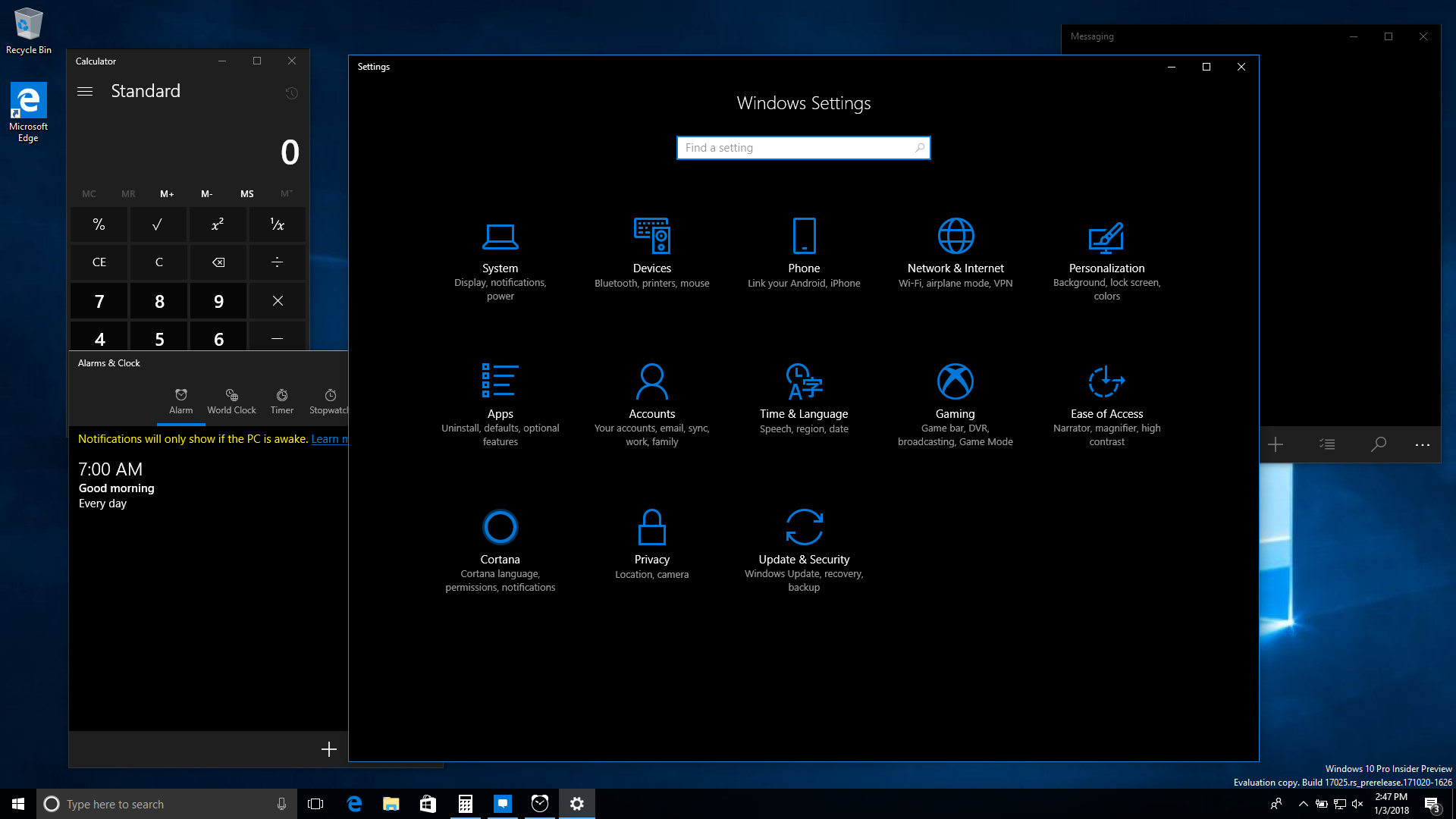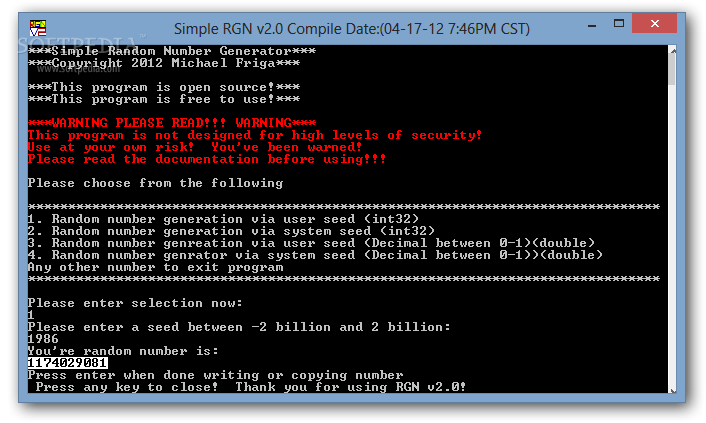

- #FILE TRANSFER APP WINDOWS INSTALL#
- #FILE TRANSFER APP WINDOWS PASSWORD#
- #FILE TRANSFER APP WINDOWS PC#
- #FILE TRANSFER APP WINDOWS PLUS#
Like macOS, Windows user account offers default folders such as Documents, Pictures, Music, and Videos.
#FILE TRANSFER APP WINDOWS PC#
For Wi-Fi networks, position both PC and Mac devices close to the Wi-Fi router. To help ensure superior performance, use wired Ethernet or the latest compatible Wi-Fi version. Note: The transfer speed can vary depending on your network and the connection strength of each device.
#FILE TRANSFER APP WINDOWS PASSWORD#
Enter your Mac account username and password and select OK.When asked for a username and password, select More Choices > Use a Different Account.In the text box, type two backslashes followed by your Mac’s network address.Įxample: For network address smb://192.168.1.100, enter \\192.168.1.100 (note the change to backslash). Select the Run command to open the utility.

This step enables network transfers via the SMB protocol.
#FILE TRANSFER APP WINDOWS PLUS#
In the Shared Folders section, click the plus icon.Go to System Preferences > Sharing and check the box for File Sharing.If both your Mac and your PC are on the same local network, you can use a network transfer to copy data between the two systems. Once you sign into your account, sync all the files over to the PC.
#FILE TRANSFER APP WINDOWS INSTALL#
Then install the corresponding app on your new PC.Check that the syncing process is up to date.Make sure that the service is configured to sync the desired folders.Online file synchronization services such as OneDrive*, Dropbox*, or even iCloud* can sync your data from your Mac to your new PC. This option works best if you have an internet connection with fast upload speeds. You can use a cloud service if you don’t have many large files like videos. In this case, delete data from the external drive after it has been copied to your PC to clear space, and repeat the process as necessary. Note: Depending on the size of your external storage device, you may not be able to fit all your data onto the external drive at once. Once the process is complete, connect the drive to your Mac.Click OK on the popup window to confirm again and start the disk formatting process.If desired, add a name for the drive in the Volume Label field and click OK.From the File System drop-down menu, select exFAT.Right-click on its primary partition and choose Format.Find your external drive listed in the lower half of the window.



 0 kommentar(er)
0 kommentar(er)
